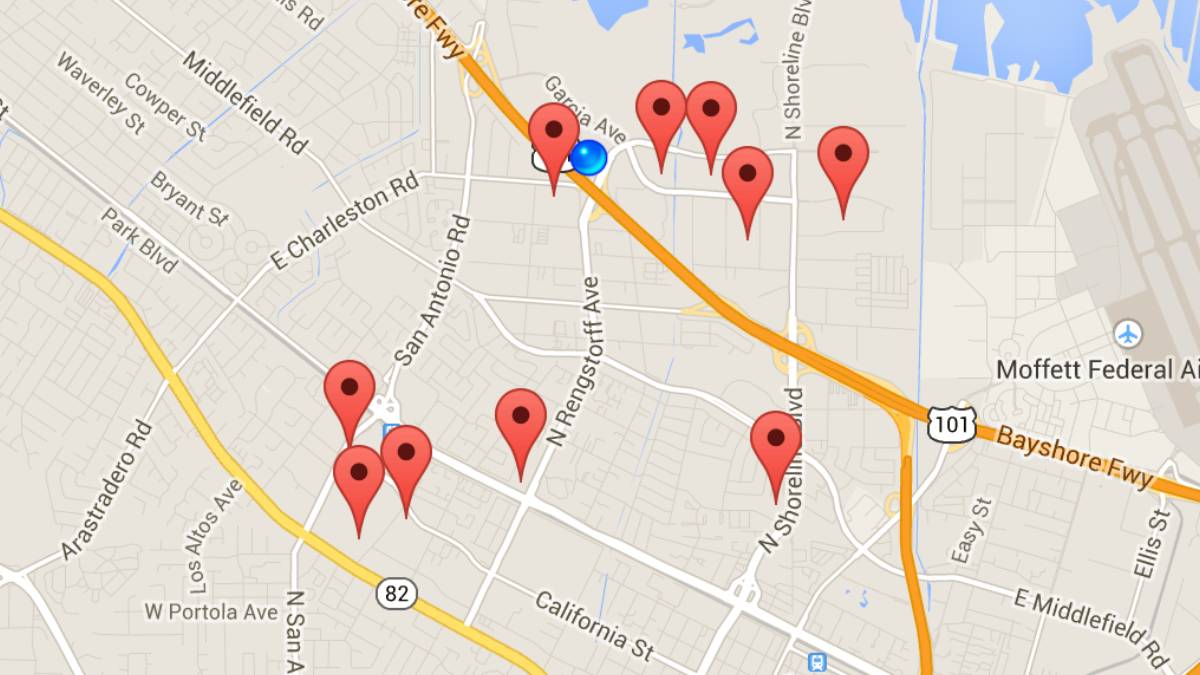Consider yourself on the road in a strange city. You are most likely to lose your way without a proper map or GPS supporting you. But in today’s age, you just need to grab your smartphone and follow the directions provided. Your navigation program will take you anywhere you desire accurately.
This navigation system requires geotracking. What is geotracking and how does it work? Read on to have all your questions answered.
Understanding Geotracking
Real-time geotracking pinpoints and logs an object's precise location. It identifies a subject's precise latitude and longitude location. This data can be used later for a variety of purposes. Here are some of the components that make geotracking work:
1. Global Positioning System (GPS)
GPS is one of the main components to make geotracking work. Receivers on the ground receive signals from orbiting satellites to determine precise locations. The accuracy lies in measuring the time it takes for the signals to reach the GPS ground points.
2. Cellular and Wi-Fi Networks
Mobile devices constantly connect to nearby cell towers and Wi-Fi hotspots. By triangulating signals from these sources, devices can estimate their location even in areas with weak or no GPS signal.
3. Bluetooth and RFID
Geotracking can also utilize Bluetooth and Radio-Frequency Identification (RFID) technology. These technologies are often employed for tracking objects or assets in indoor environments where GPS signals may not be accessible.
4. Beacons and Geofencing
Beacons are small devices that emit Bluetooth signals, allowing nearby devices to determine their proximity. Geofencing, on the other hand, involves creating virtual boundaries or "geofences" around specific areas. When a device enters or exits these boundaries, Geotracking systems can trigger predefined actions or notifications.
How Geotracking Works
Now that we've explored the technologies behind geotracking, let's take a closer look at how it actually operates:
1. Data Collection
Data gathering is the first step in geotracking. The device gathers position information from available sources. This could be GPS satellites, cell towers, Wi-Fi networks, or Bluetooth beacons.
2. Data Processing
The collected data is then processed to refine and filter out inaccuracies. This step helps ensure that the location information is as precise as possible. Algorithms and several mathematical models are often used to analyze and correct the raw data.
3. Location Calculation
With the processed data in hand, the geotracking system calculates the device's exact geographic coordinates. This information is typically expressed in latitude and longitude, along with additional details like altitude and speed, if applicable.
4. Mapping and Visualization
To make the location data meaningful and user-friendly, it is often mapped onto digital maps or displayed on navigation apps. This step allows users to see their position in relation to their surroundings and their intended destination.
The Applications of Geotracking
You can find this technology used in various aspects of your daily life. From your navigation and tracking technology to location-based services, geotracking is everywhere.
Logistics
Industries such as logistics, healthcare, and manufacturing use this approach to monitor the movement and status of valuable assets, equipment, or inventory. Businesses with a fleet of vehicles use geotracking to monitor their assets in real-time. This improves route planning, reduces fuel costs, and enhances overall operational efficiency.
Emergency
Geotracking is crucial for emergency services like 911, allowing operators to quickly pinpoint the location of callers in distress and dispatch assistance. It can also send emergency signals and alerts to devices in specific geographic areas to inform people about accidents or disasters.
Hospitality
Geotracking helps hotels and resorts track and manage mobile devices used by staff, improving efficiency and preventing loss or theft. Hospitality establishments can offer location-based services to guests, such as mobile check-in, room access, and personalized recommendations.
They can further optimize staff schedules and tasks by tracking their movements within the property. This ensures timely service and efficient operations.
Healthcare
This approach can be used for tracking the location of medical equipment, such as mobile carts or diagnostic devices, within healthcare facilities. Hospitals can use geotracking to coordinate staff activities, such as nurse rounds, by tracking their location and workload.
Retail
This feature assists retailers in tracking the location of products and optimizing inventory levels in real time. Location-based services can be used to send targeted promotions and offers to customers when they are near a store.
You can monitor and manage the activities of retail employees, ensuring efficient customer service and theft prevention. Geotracking can also help prevent theft by monitoring the movement of high-value items and sending alerts in case of suspicious behavior.
In Conclusion
Geotracking has become an important part of our everyday lives - to such an extent that we don't even realize we are using it sometimes. With mindful usage and evolving technology, geotracking can remain a force for good in our increasingly connected world.
With a quality MDM solution, you can be sure of your data quality at all times. Click here for a unique solution using modern technology for accurate geotracking capabilities.




